Images of the new Renault Twingo have been leaked online ahead of the car’s unveiling on 6 November.
The new, sub-£17,000 entry point to Renault’s expanding EV line-up will hit the roads in 2026 as a direct rival to the upcoming Volkswagen ID 1. It will be positioned beneath the Renault 5 and Renault 4 in the brand's range of small EVs and has been developed in less than two years.
The leaked images posted on social media confirm the fourth-generation Twingo will stay relatively true to the funky concept car that was first shown in 2023.
Compared with the concept, the production car retains a similar bubble-like shape and features the same semi-circular light design at the front and rear in clear references to the original model.
However, some elements have been made more conventional, such as grab handles replacing the concept’s Mk1-inspired integrated pulls. It also has more ground clearance than the low-slung concept.
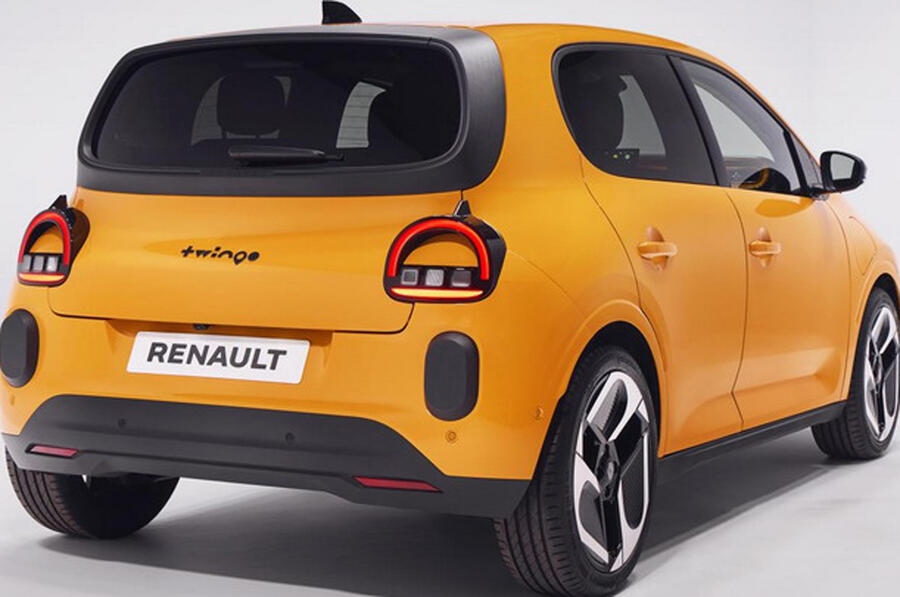
This is also our first look at the car’s interior and it departs slightly from the design of the Renault 5 and 4, which combine the infotainment and digital display screens in one unit.
Instead, the Twingo employs a more conventional layout of a separate display screen – likely to be the 7in unit used by sibling brand Dacia – and physical dials for the climate control.
What’s more, the dashboard features oval air vents and a panel that matches the car’s exterior colour - another overt reference to the Mk1 Twingo.
Renault previously described the cabin as “airy, cylindrical and suspended” and “designed to make life easier”.


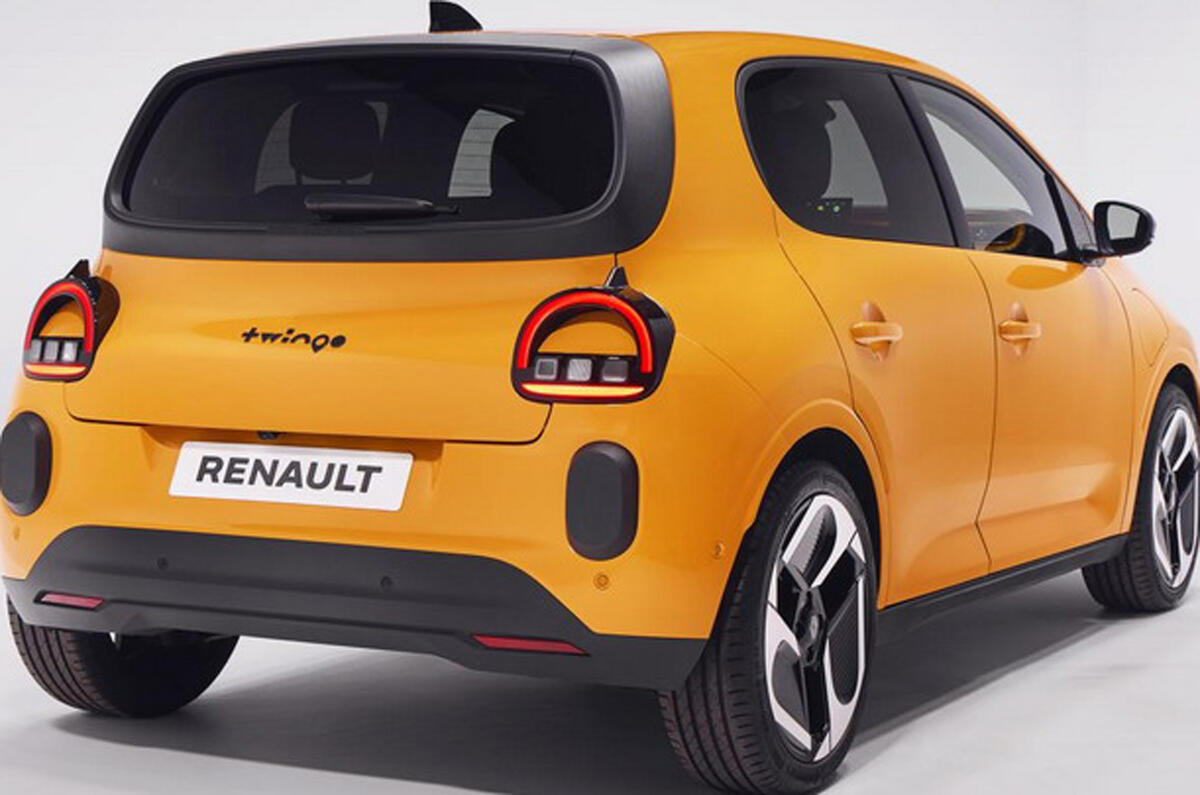

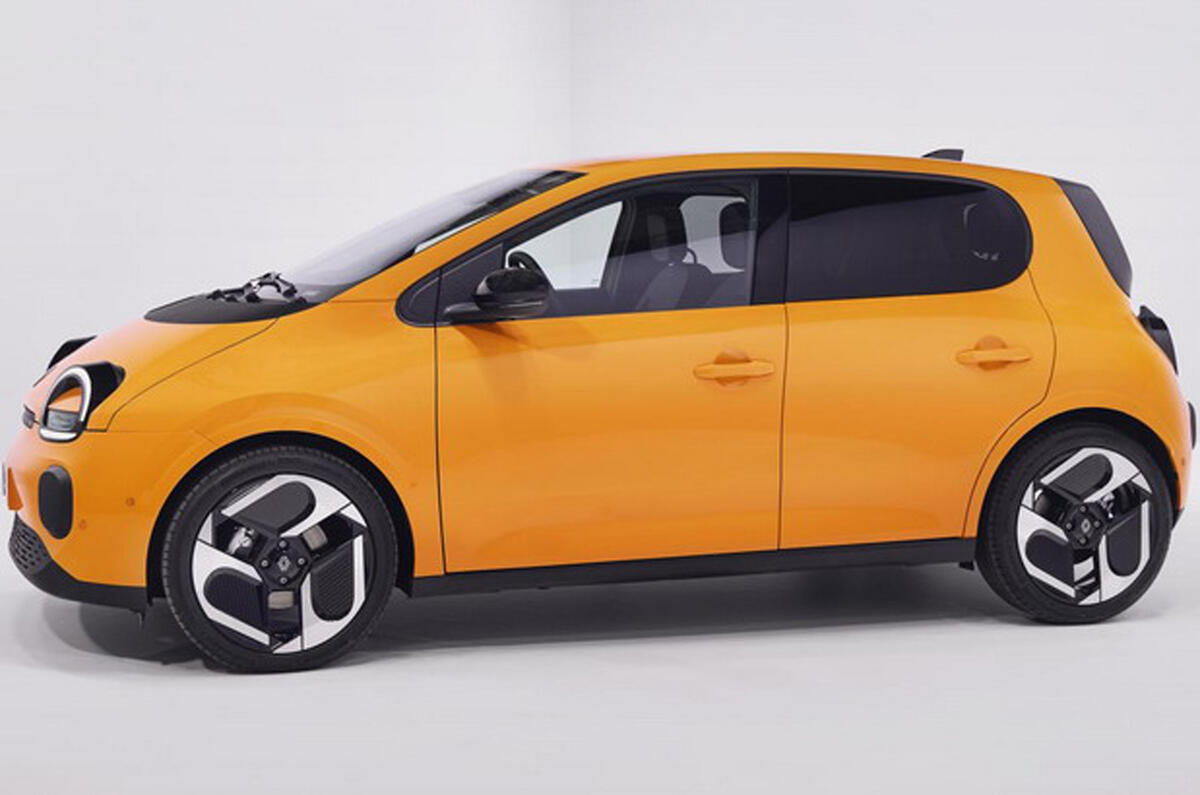
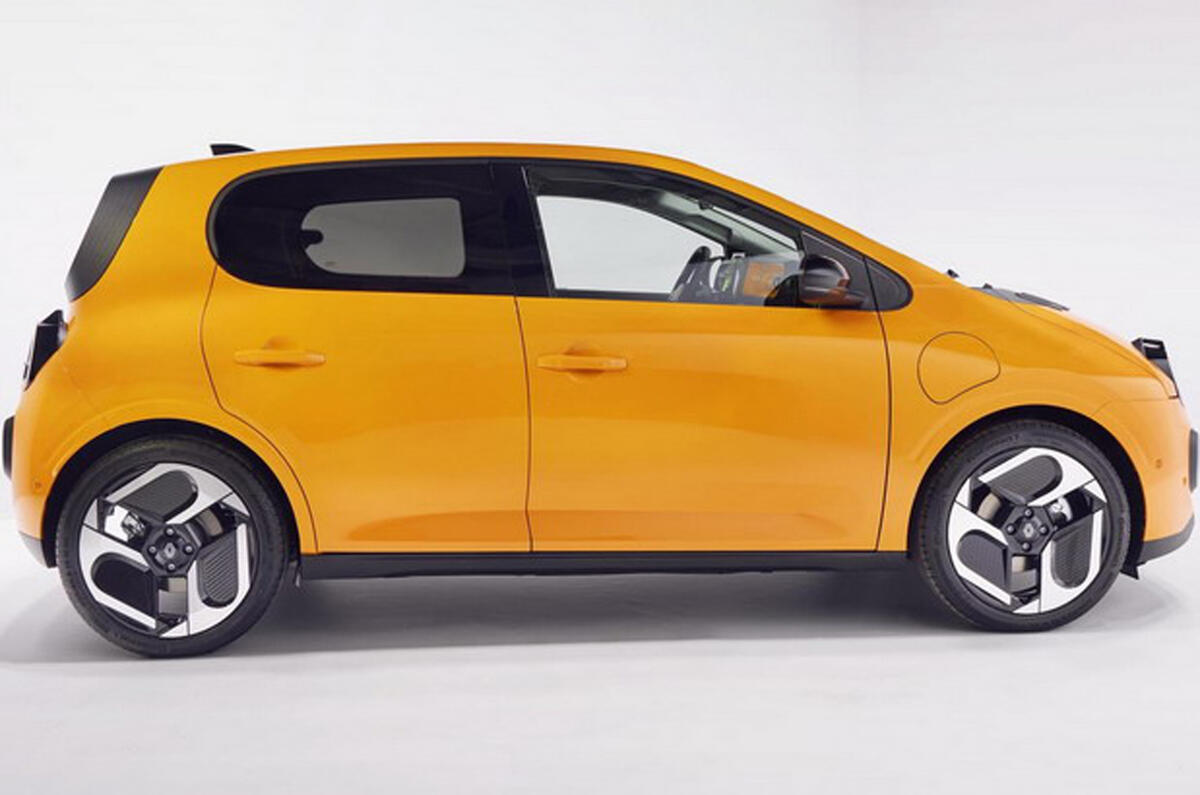
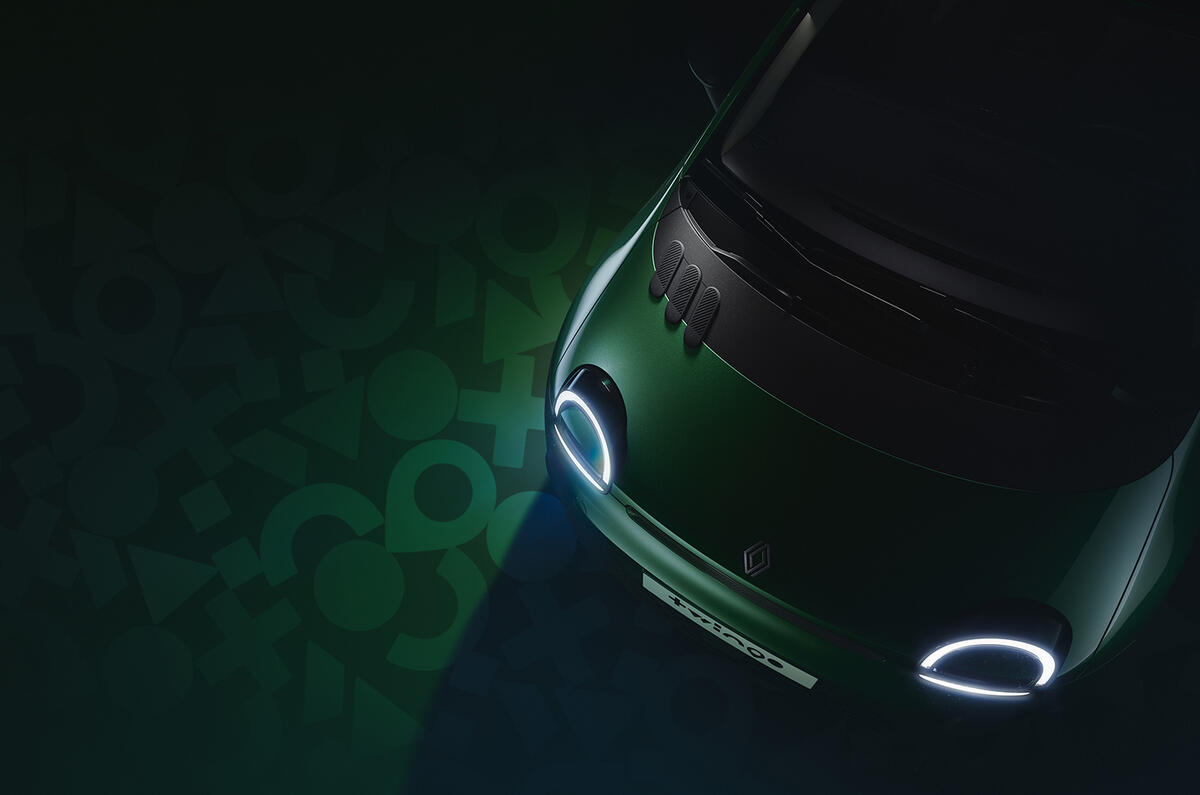
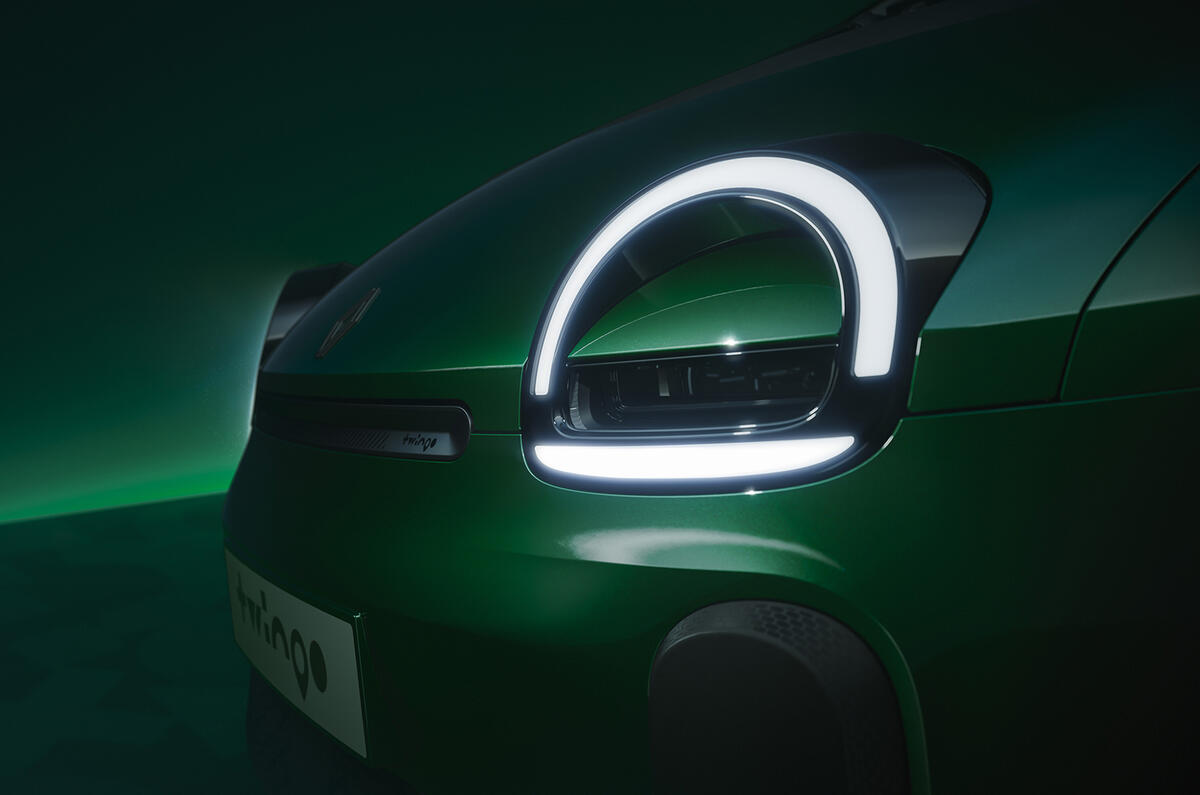
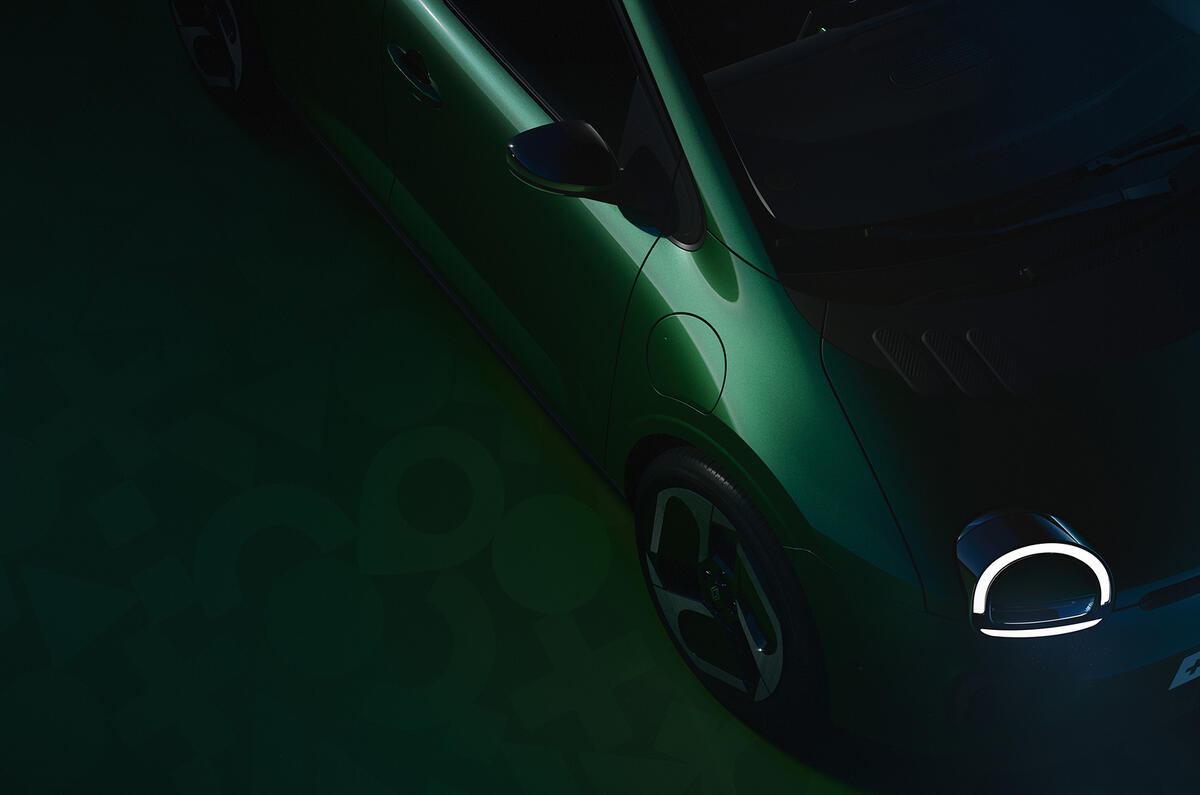
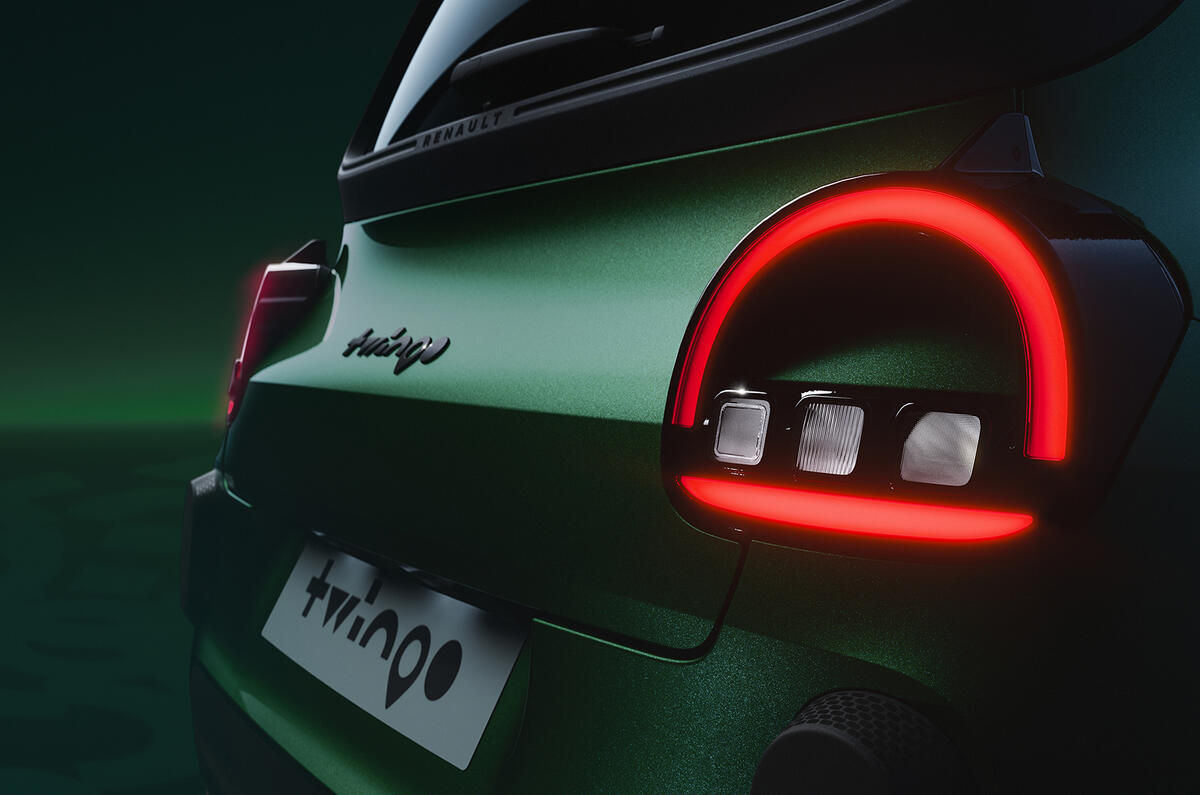
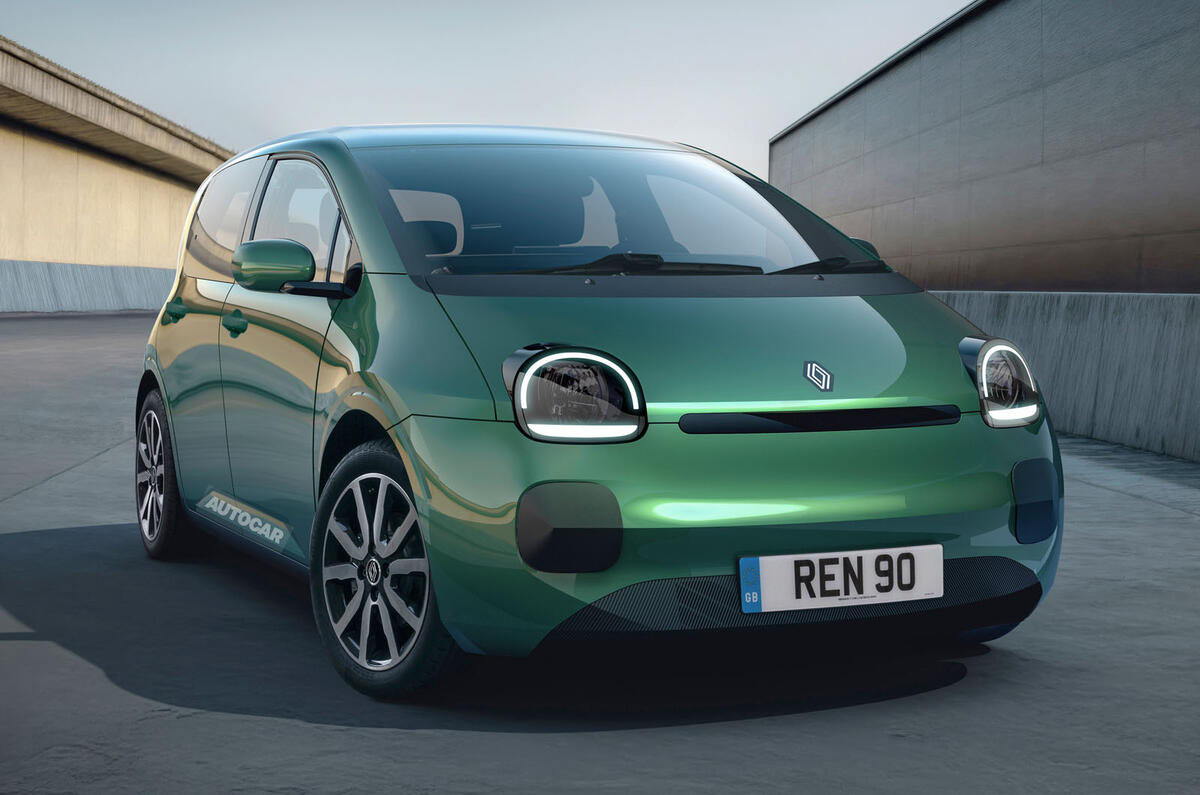


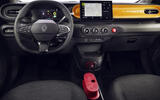
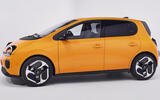

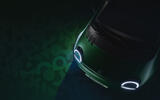
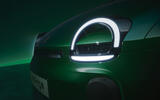

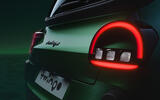




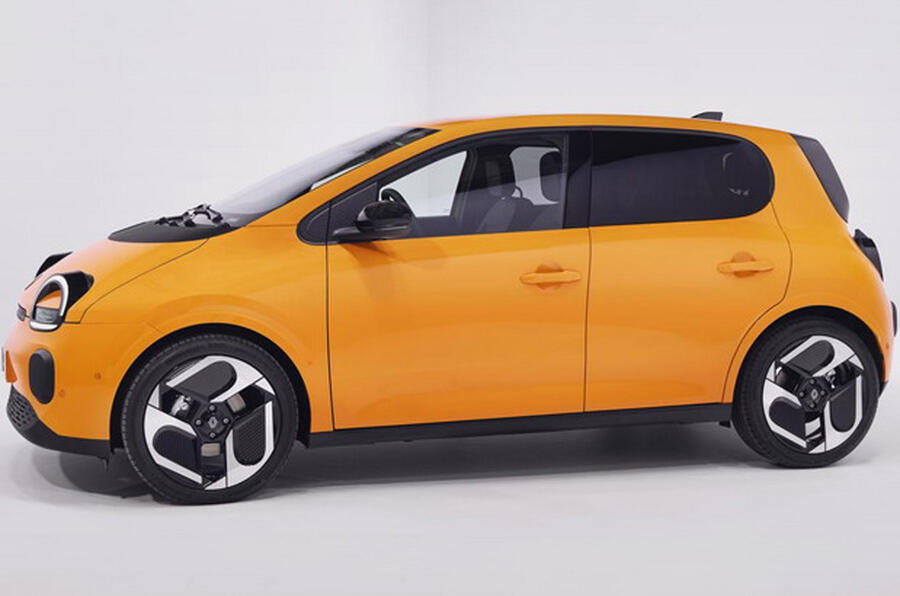
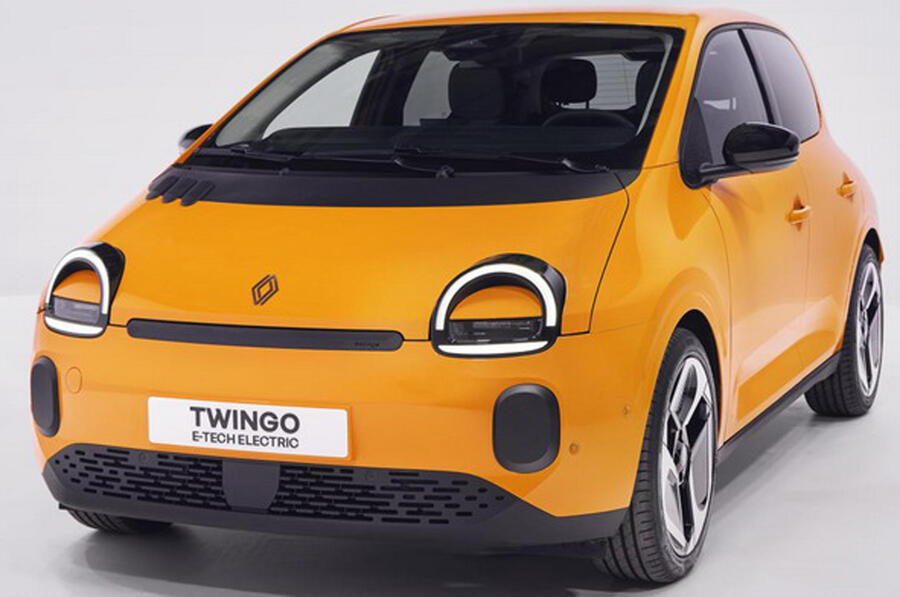







Join the debate
Add your comment
Not sure what the little reverse shark fins on the rear lights are for, but Renault look to have nailed it again.
Sounds very positive that it will come to the UK in RHD form. I look forward to seeing these cheering up our roads.
Although I'm not sure of the sizes the cheapest Hyundai i10 auto is 18.4k meaning the BEV Twingo, on the face of it, is a grand cheaper. Not only is the BEV cheaper but it's almost certainly alot quicker to 60, 18.5 seconds for the glacial moving i10.
Looks great and is a cohesive one-box homage to the original, I feel the interior is less successful with the sharp edged centre screen looking unnecessarily tacked on, if they'd just rounded of the sharp corners it wouldn't be so jarring. Looking forward to seeing the spec and pricing here in the UK.